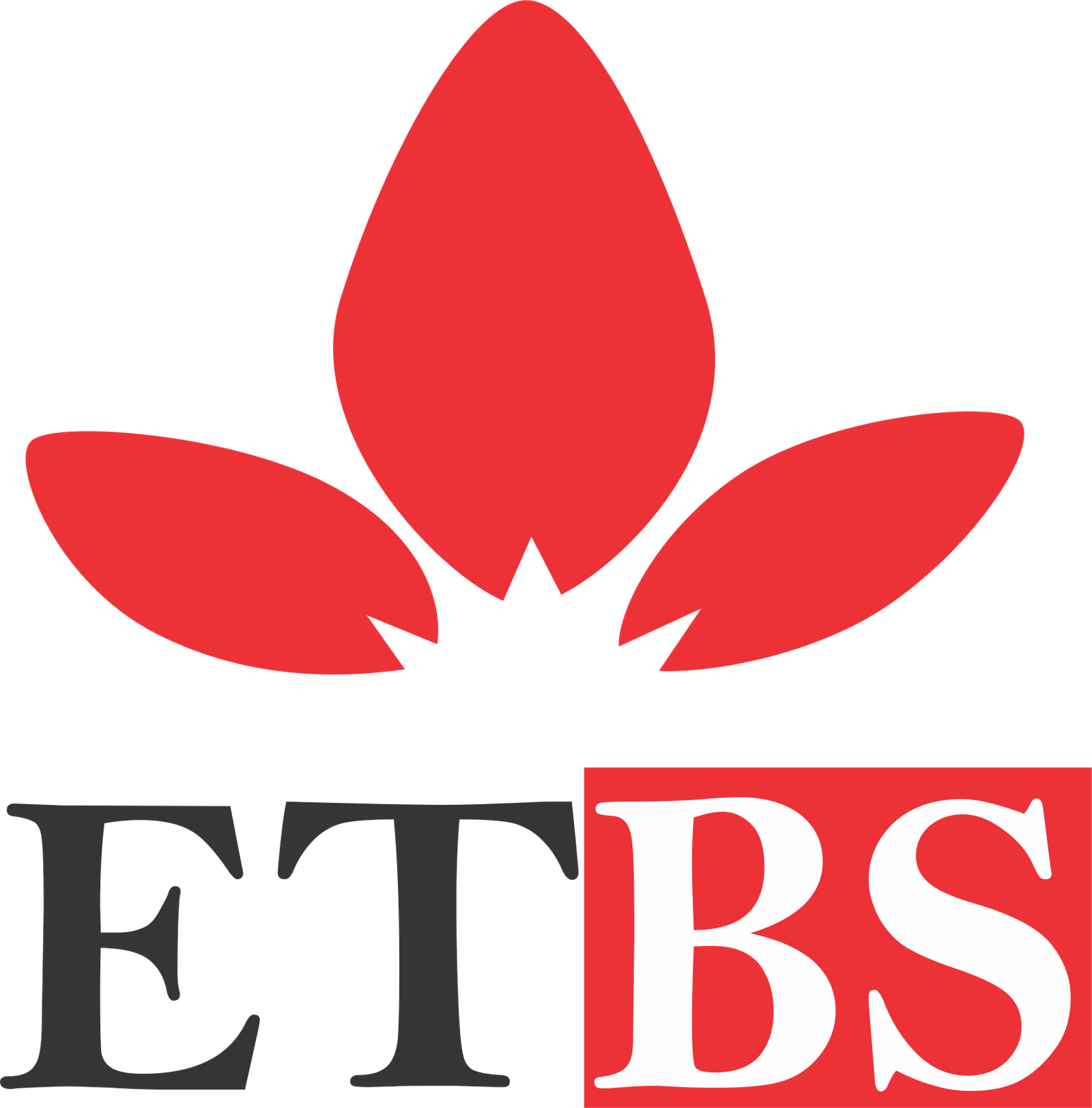 EarthTab Business School
EarthTab Business School
☰
|

This comprehensive course is meticulously designed to provide an in-depth mastery of the fundamental and advanced concepts involved in reading and writing music notation. It is tailored for serious music students, educators, performers, and composers who seek to elevate their understanding and fluency in the universal language of music. Music notation is the cornerstone of musical communication, a system that transcribes sound into a written form, allowing musicians across cultures and generations to perform, analyze, and create music accurately and expressively. This course delves far beyond the basics, blending theory, practical exercises, and critical analysis to build not only competence but also confidence in music literacy. The Foundations of Music Notation: The Staff and Clefs: Note Values and Rhythmic Notation: Pitch and Key Signatures: Time Signatures and Meter: Articulations, Dynamics, and Expression Marks: Writing and Reading Polyphony and Harmony: Transcription and Sight-Reading Skills: Modern and Alternative Notations: Practical Composition and Notation Projects: This course is divided into ten meticulously crafted modules, each combining theoretical explanations, detailed examples, and practical exercises designed to build competence incrementally. Every module concludes with challenging quizzes and assignments to consolidate learning and assess proficiency. You will engage with: Interactive notation reading and writing tasks Analytical reviews of classical and modern scores Progressive aural training exercises for transcription accuracy Composition projects emphasizing clear notation and stylistic appropriateness Aspiring professional musicians and composers aiming to refine notation skills Music educators and theory teachers seeking advanced tools for instruction Choir directors, arrangers, and instrumentalists desiring deeper literacy Music students preparing for graded exams or university entrance Anyone passionate about music literacy and notation mastery By the end of this course, you will be able to: Accurately read, interpret, and write complex musical scores across various clefs and styles Understand and apply advanced rhythmic, harmonic, and melodic notation principles Confidently transcribe music from audio sources into standard notation Compose and arrange music with professional-level notation standards Utilize alternative notation forms appropriately in contemporary musical contexts I look forward to congratulating you upon completion of this course.Course Overview:
What You Will Learn
Explore the origins, history, and evolution of music notation systems. Understand how written music developed from ancient neumes to modern staff notation.
Master the five-line staff, various clefs (treble, bass, alto, tenor, and others), and their significance in pitch identification and range.
Decode note durations, rests, ties, and dotted notes. Gain expertise in complex rhythmic patterns, syncopation, and tuplets.
Navigate the chromatic scale, accidentals, sharps, flats, naturals, and their role in defining tonality through key signatures.
Understand simple, compound, and complex meters. Learn how to interpret and write time signatures accurately and their effects on musical phrasing.
Learn the nuances of musical expression through symbols indicating dynamics (piano, forte), articulation (staccato, legato), tempo markings, and ornamentations.
Analyze and write music with multiple simultaneous melodic lines, including chord symbols, harmonization techniques, and voice leading.
Develop advanced transcription techniques to write music from aural input and enhance sight-reading fluency through progressive exercises.
Explore contemporary notation styles used in jazz, contemporary classical, and popular music genres.
Apply knowledge to compose original short pieces and arrange music using correct notation conventions.Course Structure and Approach
Who Should Take This Course?
Course Outcomes

Unlocking Professional Potential through world-class assessments and industry-ready training.
"Empowering Professionals through practical, accessible online business education"
- Blessing Princess Agho
 Founder/Lead Instructor
Founder/Lead Instructor